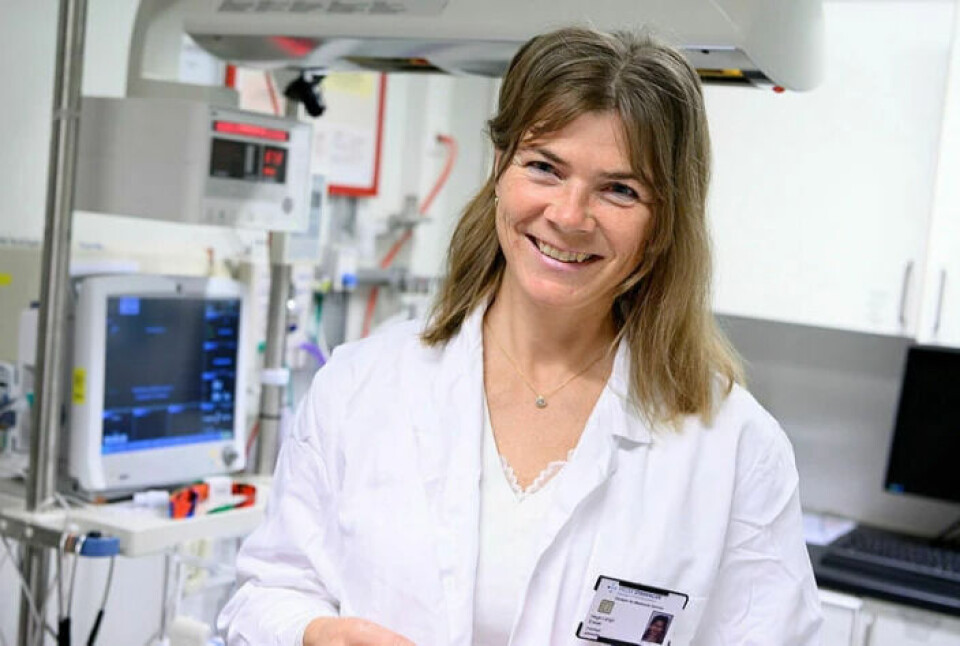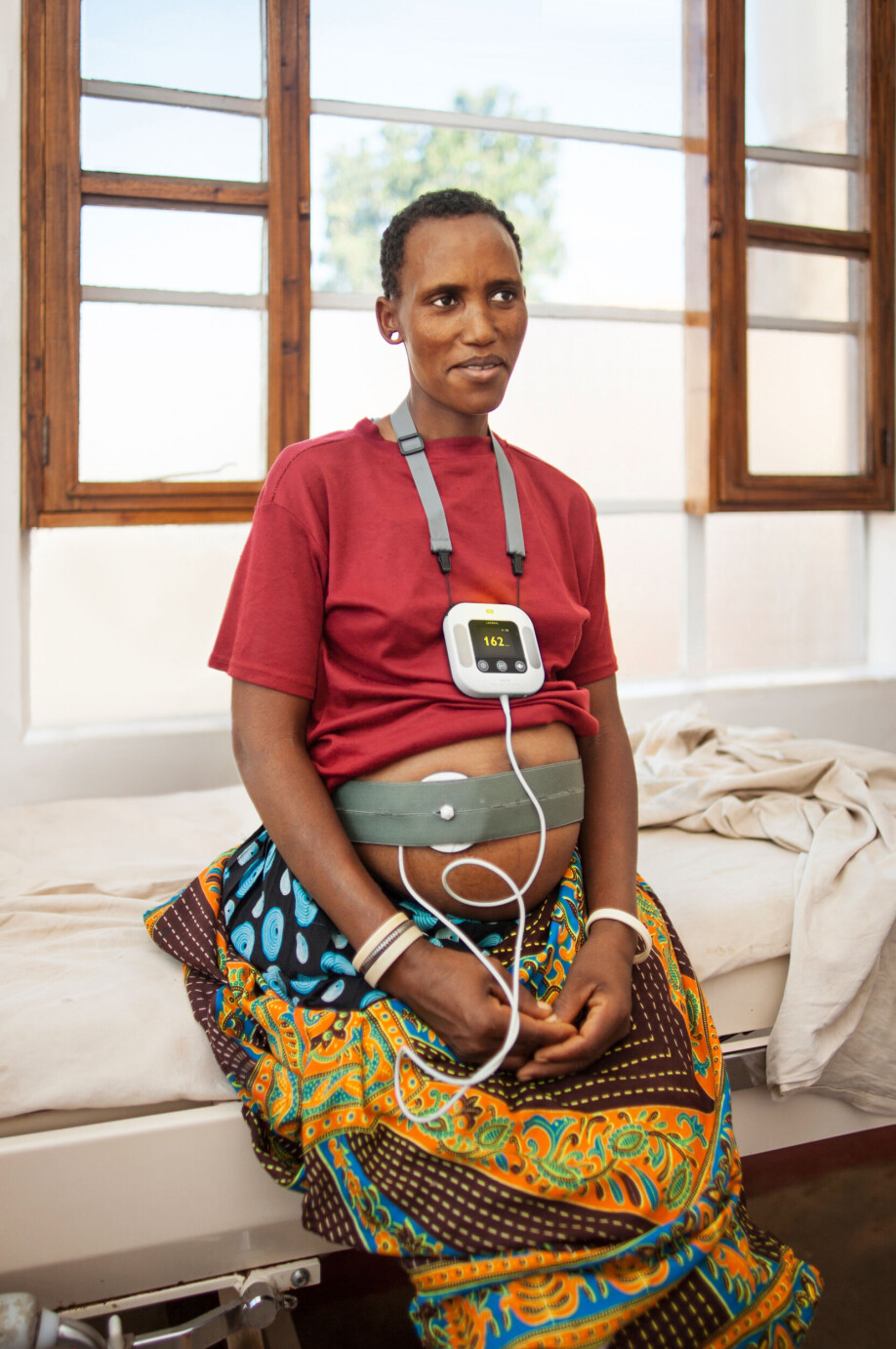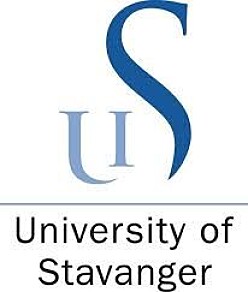THIS ARTICLE/PRESS RELEASE IS PAID FOR AND PRESENTED BY the University of Stavanger - read more

Thousands of newborns in Tanzania can be saved with new methods
Norwegian-led research project on childbirth and newborn resuscitation can save 25,000 lives annually in Tanzania.
Preliminary findings indicate that their ambitious goals are achievable; a 50 per cent reduction in newborn deaths, 25 per cent fewer stillbirths, and a 10 per cent reduction in maternal deaths.
The Stavanger-based research collaboration Safer Births has developed into the Safer Births Bundle of Care (SBBC) programme, led by the Tanzanian doctors Benjamin Kamala, Robert Moshiro, Estomih Mduma and Paschal Mdoe. They completed their PhDs on various methods for fetal heart rate monitoring during labour, newborn resuscitation and simulation-based learning strategies for increased newborn survival in countries where health services are limited.
For more than a decade, based out of the Haydom Lutheran Hospital in a rural area of Tanzania, the Safer Births research and innovation project has been developing new knowledge, training approaches, tools and practices to optimise labour and newborn care.

The Safer Births project is led by Hege Ersdal, anaesthesiologist and Head of simulation and global health research at Stavanger University Hospital, and Professor at the University of Stavanger (UiS). Safer Births is a close collaboration between Stavanger University Hospital, Laerdal Global Health, Stavanger Acute Medicine Foundation for Education and Research (SAFER), University of Stavanger, and Haydom Lutheran Hospital.
"Most research and development projects are struggling to become part of a national health programme. Currently, we are about to succeed in integrating Safer Births in the Tanzanian health programme and national health budget. This is largely enabled by the funding from the World Bank," says Hege Ersdal.
The World Bank has now awarded NOK 125 million in total to the project.
Over a decade of technological innovation
Safer Births researchers and engineers have been working for over a decade developing new knowledge, technologies and innovations to find better ways of monitoring fetal and newborn heart rate than the traditional 150 year-old method of using a stethoscope.

Effective simulation-based training programmes have also been developed in collaboration with SAFER learning centre in Stavanger, a foundation established by Stavanger University Hospital, the University of Stavanger and Laerdal Medical AS. So far, the Safer Births project has resulted in 12 doctoral degrees, several technological innovations and almost 100 scientific papers. The programme is probably the largest ongoing global research programme on newborn transition and resuscitation, with 16 ongoing PhDs – 8 of these in Tanzania. UiS has contributed with research expertise on biomedical data analysis and medical statistics.
Neonatal mortality down by 50 per cent
The World Bank first round of funding made it possible to roll out the Safer Births Bundle of Care to 30 hospitals in the five poorest regions in Tanzania. Professor Ersdal is leading the work in collaboration with the Tanzanian doctors and Laerdal Global Health.
The preliminary results are promising and have attracted the interest of the Tanzanian Ministry of Health and the programme will now be implemented at all (around 100) hospitals in the five regions.
"If the early results are maintained, this will likely pave the way for a full national scale-up which could potentially save over 25,000 lives per year in Tanzania alone," explains Professor Ersdal, who hopes this may set a precedent for investment cases from the World Bank in a number of other low-resource countries. From donorship to ownership
"Safer Births is a very good example of the fact that we have succeeded with a different approach than usually adopted by academia and donor countries. Universities and donors often want to own and manage project and project funds themselves. We have managed – by engaging in systematic work for over 10 years – to build expertise and give Tanzanians the opportunity to manage the project very successfully themselves," she says.

This article/press release is paid for and presented by the University of Stavanger
This content is created by the University of Stavanger's communication staff, who use this platform to communicate science and share results from research with the public. The University of Stavanger is one of more than 80 owners of ScienceNorway.no. Read more here.
Related articles
-
How the Vikings protected themselves from attacks
-
Like tuning forks in space: A final pure tone reveals the mysterious interior of neutron stars
-
Could scented books encourage more kids to read?
-
Artificial intelligence could improve the quality of life for more patients following a stroke
-
Cathedral's lost treasures uncovered
-
Norwegian researchers can contribute to changing the Big Bang theory





































